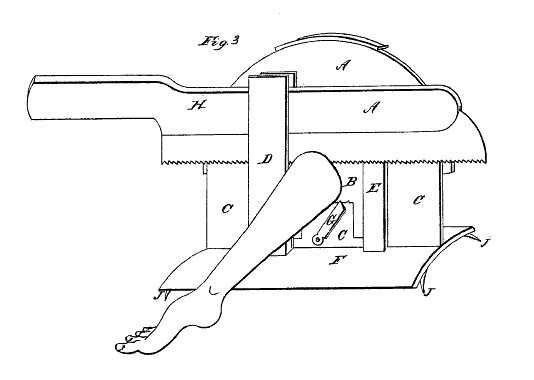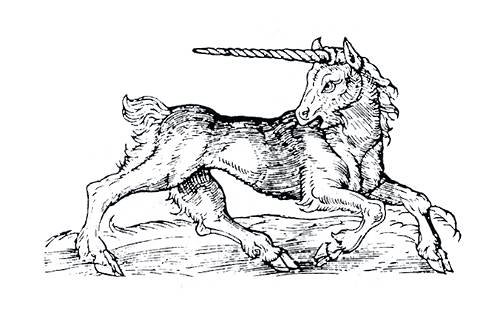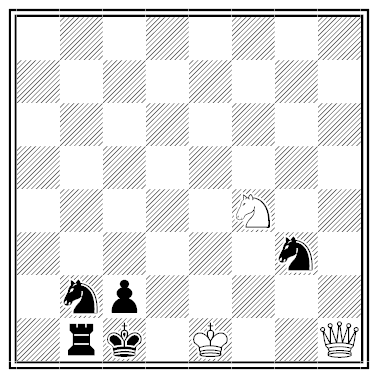semiopathy
n. the tendency to read humorously inappropriate meanings into signs
CROSS CHILDREN WALK. Don’t listen to their screams,
But watch the CAUTION MEN AT WORK. It seems
They’re making sure that all DEAF CHILDREN DRIVE
CAREFULLY. Now let us look alive,
And take TRUCKS TURNING (named for Captain Trucks,
Who turned here when he went out hunting ducks).
Here on a sign the advertising’s clear
(Though deer can’t tell the time) for WATCH FOR DEER.
At FREE MUNICIPAL PARKING let us pause,
And wonder who enslaved it, for what cause.
A DANGEROU is what we’ll hope to see:
DANGEROUS CROSSINGs certainly abound.
Now will they leap across from tree to tree,
Or buck the passing traffic on the ground?
— Ralph P. Boas Jr.




